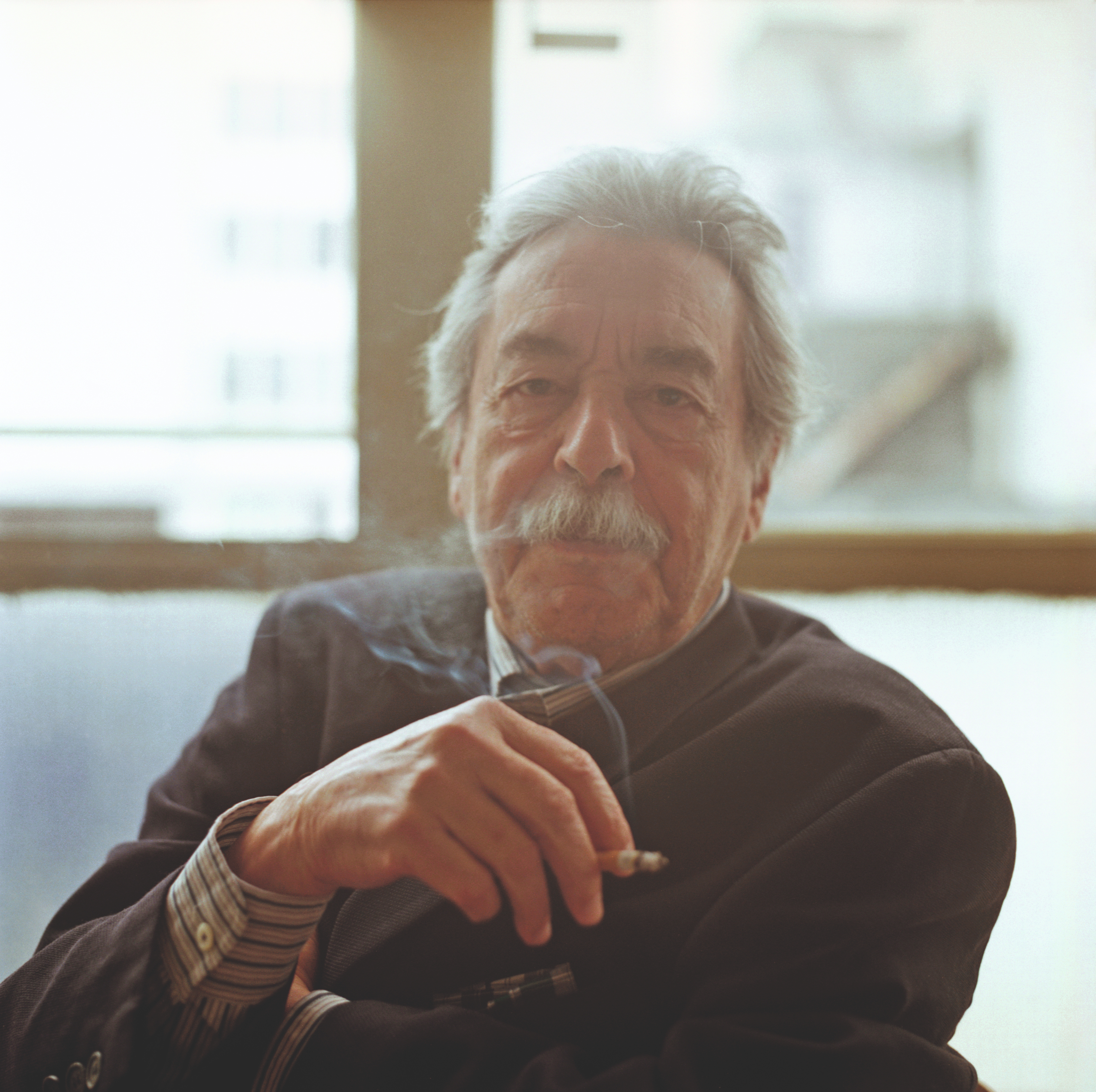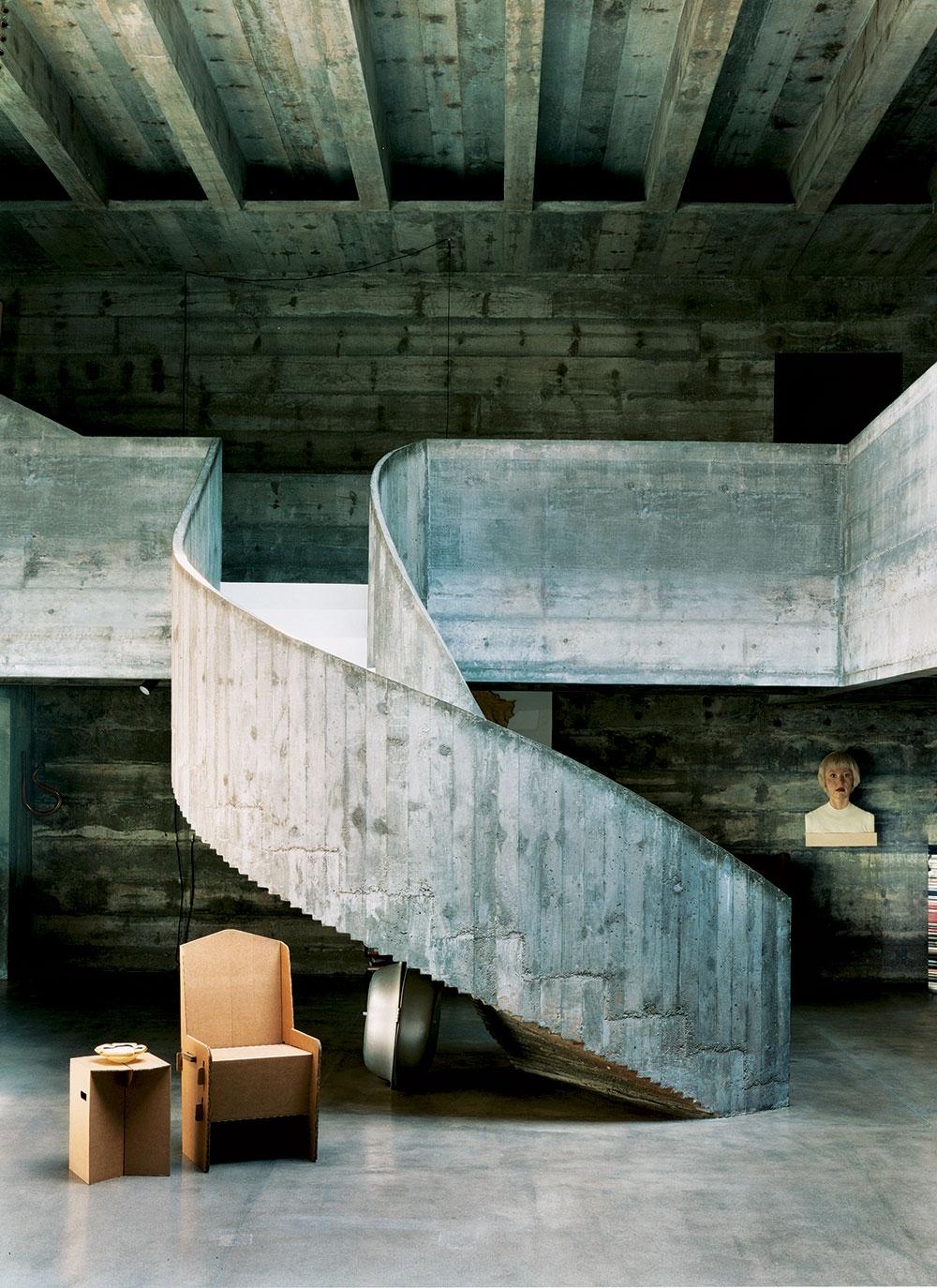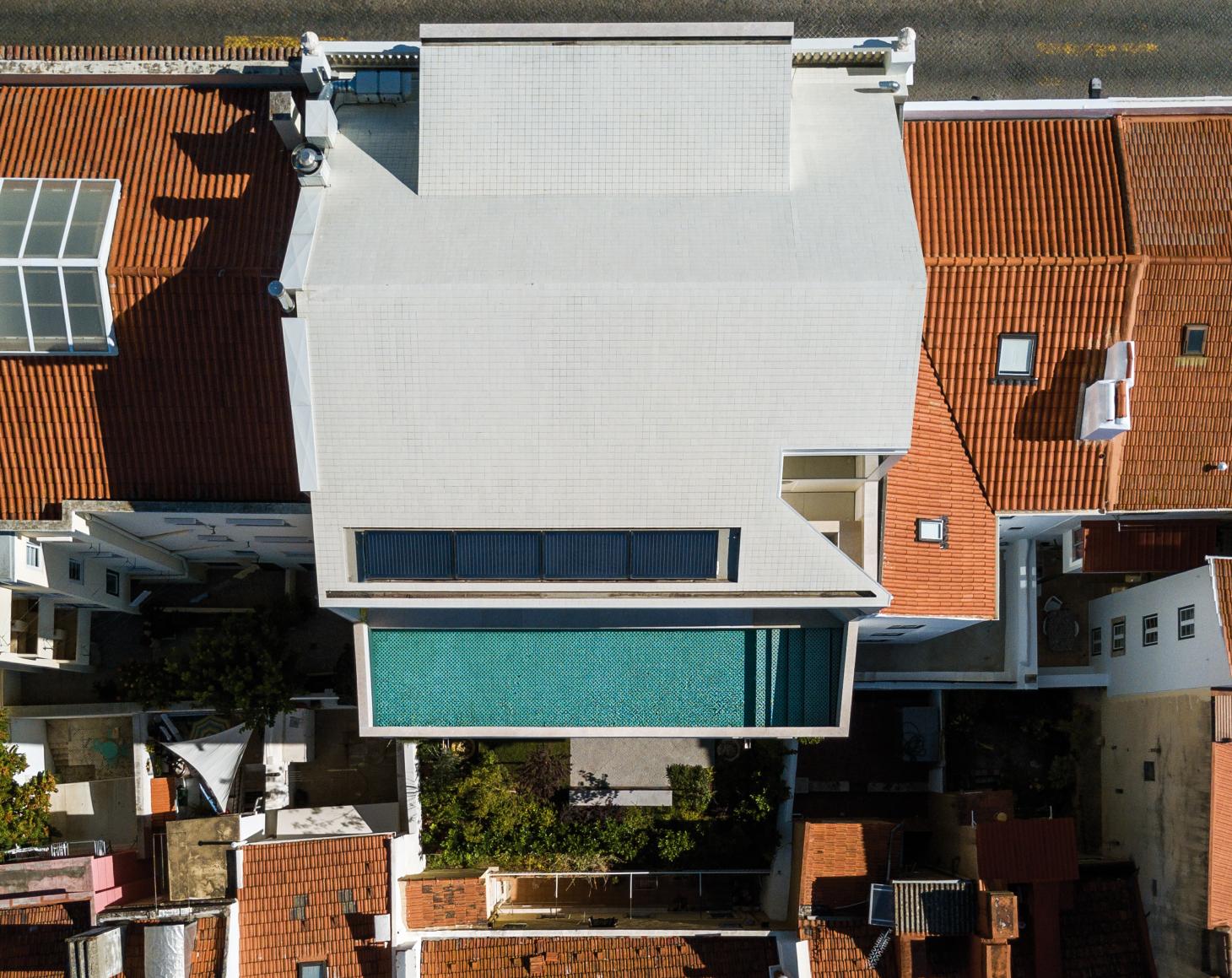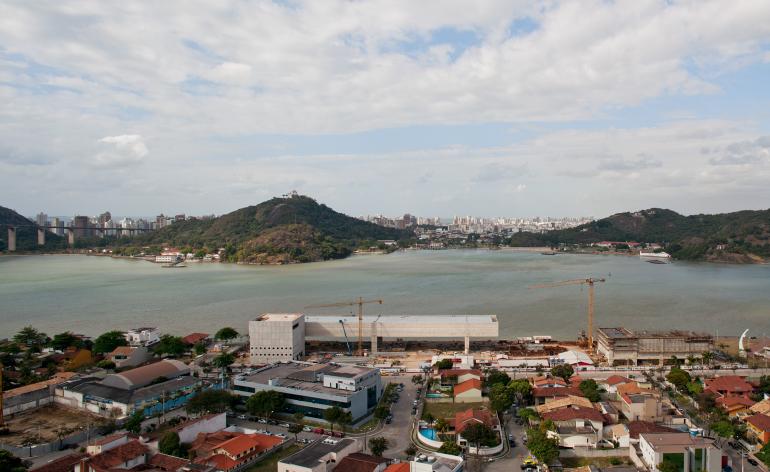Remembering Paulo Mendes da Rocha (1928-2021)
Paulo Mendes da Rocha – one of Brazil's most important architects and one of the world's last great modernists – has passed away in Sao Paulo at the age of 92

Paulo Mendes da Rocha, one of the world's last great modernists, as well as one of his country's most important architects to-date, has passed in Brazil at the age of 92. Blending beautiful, powerful architectural forms while looking at issues of social engagement, Mendes da Rocha turned his hand to anything from private housing, large-scale, public architecture and furniture; always with a profound sense of materiality, and a flair for creating architecture that is both functional and emotive, defined by bold yet sensitive moves. The architect has spoken about architecture's impact on the socio-geographic map and urban revitilization, a topic he touched upon also when he became Wallpaper's advisor for the June 2010 ‘Born in Brazil' issue.
‘Paulo Mendes da Rocha of Sao Paulo, Brazil, inspired by the principles and language of modernism, as well as through his bold use of simple materials, has over the past six decades produced buildings with a deep understanding of the poetics of space. He modifies the landscape and space with his architecture, striving to meet both social and aesthetic human needs,' the jury's citation read, when the great master won the 2006 Pritzker Prize.

At Casa Millán, aspiral staircase leads up to the bedrooms. Beneath it is a cardboard table and chair by Brazilian group 100T and a piece by Brazilian sculptor Marepe.
Paulo Mendes da Rocha was born in Brazil's Vitoria in 1928, and after receiving his architecture degree in 1954, he set up his independent office in Sao Paulo in 1955. He went on to complete a slew of buildings in the country – many of them in Sao Paulo. There, his cultural work – such as the Paulistano Athletic Club (1958), the Museum of Contemporary Art (1975) at the University of São Paulo, the Forma Furniture showroom (1987) and the Brazilian Sculpture Museum (1987-1992) – has played a key part in the city's development and heritage. Further well known designs include the Paulistano chase longue (1957), Casa Millán for art dealer Eduardo Leme, and the architect's own home, Casa Butantã (1964).
Working mostly with simple, geometric forms in naked concrete, his buildings helped define the country's expression of the Modernist movement – often referred to as ‘Brazilian Brutalism'. Although Mendes da Rocha's work feels rawer, moodier, and more angular and grounded, compared to, for example, Oscar Niemeyer's – another great proponent of Brazilian architecture, whose forms are often characterised by sweeping curves and floating white domes.

For the Lisbon renovation work, the back of the property in the Lapa district has been completely remodelled in concrete and now features a pool terrace and an origami-like corner window framing views of the estuary.
While the vast majority of his work is within his home country, Mendes da Rocha's influence has been felt far beyond Brazil's borders. His long string of honours, awards and prizes attest to that. The architect scooped the Mies van der Rohe prize for Latin American Architecture (2000), the aforementioned Pritzker, and the Venice Biennale Golden Lion for lifetime achievement in 2016, among many others. At the same time, he also completed a smaller pool of works abroad, such as the renovation of a small apartment block into a family home in Lisbon, which he completed in 2018 together with local architect Inês Lobo, and the Museu dos Coches, also in Portugal (2015), which won Best Building Site in the Wallpaper* Design Awards in 2013.
With Paulo Mendes da Rocha's passing coinciding with the opening weekend of the 2021 Venice Architecture Biennale, where architects from across the globe come together to discuss ‘How will we live together?' and architecture's social role, it becomes even more apparent how much the great master's absence will be felt acutely throughout the industry.

Cais Das Artes, Brazil, by Paulo Mendes da Rocha and Metro Arquitetos scooped a Best Building Site gong at the 2013 Wallpaper* Design Awards.
Wallpaper* Newsletter
Receive our daily digest of inspiration, escapism and design stories from around the world direct to your inbox.
Ellie Stathaki is the Architecture & Environment Director at Wallpaper*. She trained as an architect at the Aristotle University of Thessaloniki in Greece and studied architectural history at the Bartlett in London. Now an established journalist, she has been a member of the Wallpaper* team since 2006, visiting buildings across the globe and interviewing leading architects such as Tadao Ando and Rem Koolhaas. Ellie has also taken part in judging panels, moderated events, curated shows and contributed in books, such as The Contemporary House (Thames & Hudson, 2018), Glenn Sestig Architecture Diary (2020) and House London (2022).
-
 All-In is the Paris-based label making full-force fashion for main character dressing
All-In is the Paris-based label making full-force fashion for main character dressingPart of our monthly Uprising series, Wallpaper* meets Benjamin Barron and Bror August Vestbø of All-In, the LVMH Prize-nominated label which bases its collections on a riotous cast of characters – real and imagined
By Orla Brennan
-
 Maserati joins forces with Giorgetti for a turbo-charged relationship
Maserati joins forces with Giorgetti for a turbo-charged relationshipAnnouncing their marriage during Milan Design Week, the brands unveiled a collection, a car and a long term commitment
By Hugo Macdonald
-
 Through an innovative new training program, Poltrona Frau aims to safeguard Italian craft
Through an innovative new training program, Poltrona Frau aims to safeguard Italian craftThe heritage furniture manufacturer is training a new generation of leather artisans
By Cristina Kiran Piotti
-
 Croismare school, Jean Prouvé’s largest demountable structure, could be yours
Croismare school, Jean Prouvé’s largest demountable structure, could be yoursJean Prouvé’s 1948 Croismare school, the largest demountable structure ever built by the self-taught architect, is up for sale
By Amy Serafin
-
 Jump on our tour of modernist architecture in Tashkent, Uzbekistan
Jump on our tour of modernist architecture in Tashkent, UzbekistanThe legacy of modernist architecture in Uzbekistan and its capital, Tashkent, is explored through research, a new publication, and the country's upcoming pavilion at the Venice Architecture Biennale 2025; here, we take a tour of its riches
By Will Jennings
-
 Remembering architect David M Childs (1941-2025) and his New York skyline legacy
Remembering architect David M Childs (1941-2025) and his New York skyline legacyDavid M Childs, a former chairman of architectural powerhouse SOM, has passed away. We celebrate his professional achievements
By Jonathan Bell
-
 At the Institute of Indology, a humble new addition makes all the difference
At the Institute of Indology, a humble new addition makes all the differenceContinuing the late Balkrishna V Doshi’s legacy, Sangath studio design a new take on the toilet in Gujarat
By Ellie Stathaki
-
 How Le Corbusier defined modernism
How Le Corbusier defined modernismLe Corbusier was not only one of 20th-century architecture's leading figures but also a defining father of modernism, as well as a polarising figure; here, we explore the life and work of an architect who was influential far beyond his field and time
By Ellie Stathaki
-
 How to protect our modernist legacy
How to protect our modernist legacyWe explore the legacy of modernism as a series of midcentury gems thrive, keeping the vision alive and adapting to the future
By Ellie Stathaki
-
 A 1960s North London townhouse deftly makes the transition to the 21st Century
A 1960s North London townhouse deftly makes the transition to the 21st CenturyThanks to a sensitive redesign by Studio Hagen Hall, this midcentury gem in Hampstead is now a sustainable powerhouse.
By Ellie Stathaki
-
 The new MASP expansion in São Paulo goes tall
The new MASP expansion in São Paulo goes tallMuseu de Arte de São Paulo Assis Chateaubriand (MASP) expands with a project named after Pietro Maria Bardi (the institution's first director), designed by Metro Architects
By Daniel Scheffler